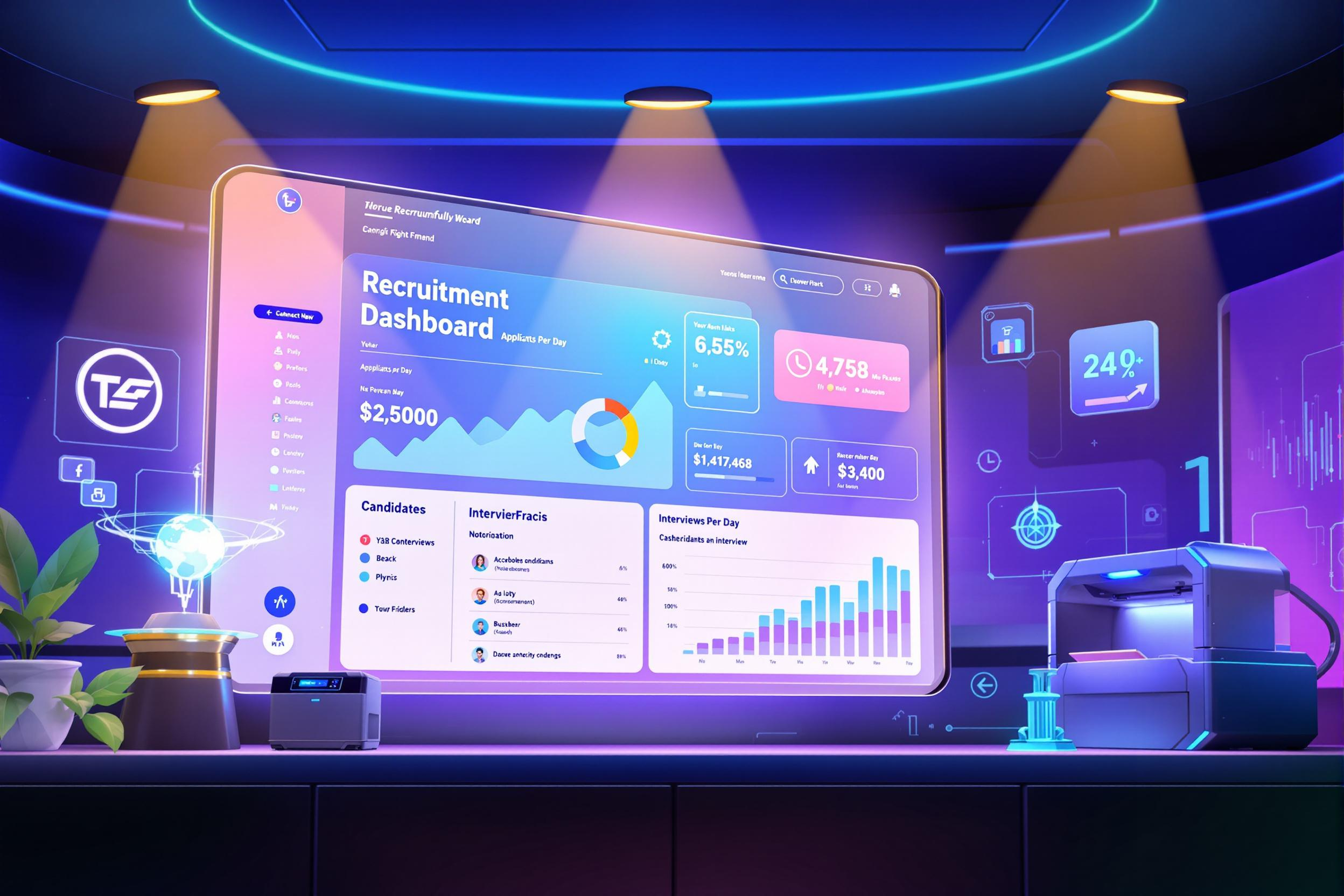
Patch Management
Patch Management is like keeping all software up-to-date to prevent security problems, similar to how you update apps on your phone. It's a crucial security practice where professionals ensure that all company computers, servers, and systems have the latest security updates installed. Think of it as maintaining a building's security system - you need to regularly check and upgrade the locks to keep intruders out. This role involves planning when to install updates, testing them to make sure nothing breaks, and then safely rolling them out across the organization.
Examples in Resumes
Developed and implemented Patch Management strategy for 500+ corporate devices
Led Patch Management and Security Updates program reducing vulnerabilities by 75%
Automated Patch Management processes using Microsoft SCCM and other tools
Typical job title: "Patch Management Specialists"
Also try searching for:
Where to Find Patch Management Specialists
Online Communities
Professional Networks
Industry Resources
Example Interview Questions
Senior Level Questions
Q: How would you design a patch management strategy for a global organization with 24/7 operations?
Expected Answer: Look for answers that discuss creating deployment schedules that minimize business disruption, testing procedures, rollback plans, and how to handle different time zones and critical systems. They should mention risk assessment and business impact analysis.
Q: How do you handle emergency patches while maintaining system stability?
Expected Answer: The candidate should explain balancing security urgency with business continuity, mention testing processes even in emergencies, and discuss communication strategies with stakeholders.
Mid Level Questions
Q: What's your process for prioritizing which systems to patch first?
Expected Answer: Should discuss assessing system criticality, vulnerability severity, exposure risk, and business impact. Should mention using vulnerability scanners and risk assessment tools.
Q: How do you track and report on patch compliance?
Expected Answer: Should explain using patch management tools, creating compliance reports, tracking success rates, and communicating results to management.
Junior Level Questions
Q: What basic steps do you take before deploying a patch?
Expected Answer: Should mention basic testing, checking vendor documentation, backing up systems, and following change management procedures.
Q: How do you verify if a patch was successfully installed?
Expected Answer: Should discuss checking system logs, running basic verification tools, and ensuring systems are functioning properly after updates.
Experience Level Indicators
Junior (0-2 years)
- Basic patch deployment
- System backup procedures
- Following patch schedules
- Basic troubleshooting
Mid (2-5 years)
- Managing patch deployment tools
- Testing patches before deployment
- Compliance reporting
- Vulnerability assessment
Senior (5+ years)
- Patch strategy development
- Enterprise-wide deployment planning
- Risk assessment
- Team leadership and process improvement
Red Flags to Watch For
- No experience with basic security concepts
- Lack of systematic approach to testing
- Poor understanding of business impact
- No experience with patch management tools
- Inability to explain risk assessment
Related Terms
Need more hiring wisdom? Check these out...

From Passive to Active: Nurturing Candidates Over the Long Haul

From Panic Pacing to Productive Hiring: How to Truly Improve Recruiter Efficiency

How Internal Gig Marketplaces Revolutionize Employee Development

